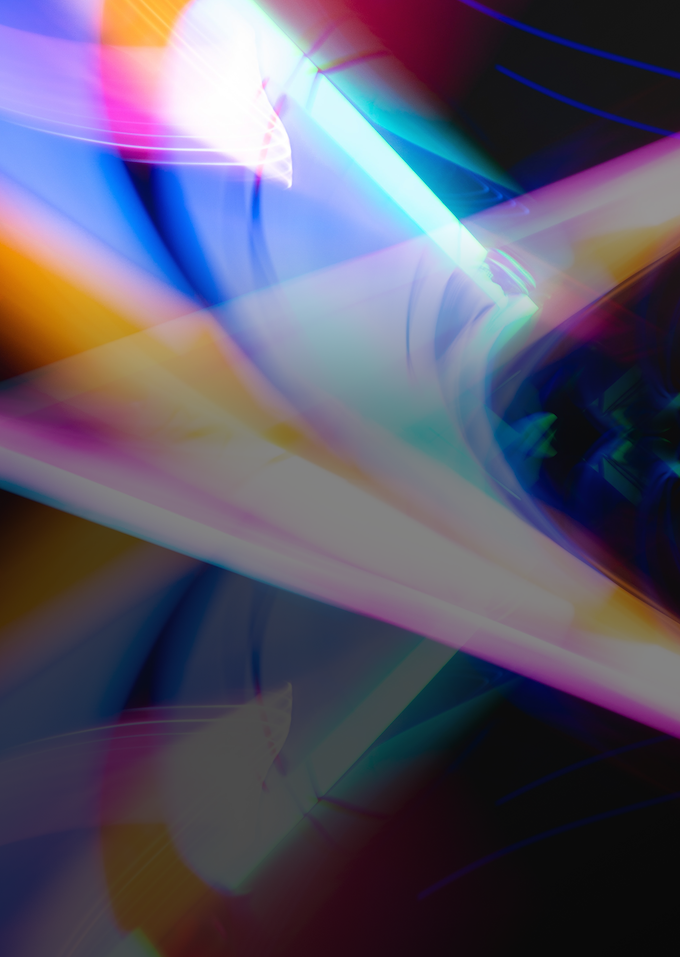瀏覽人次:
12978
電工實驗(光電)1
電機系大學部光電實驗,立基於可程式與數位化智慧控制之光電實驗模組平台,創造可臨場互動並體驗光電效能之學習場域效。導引本系高年級(大三大四)學生,從實作中打造結合智能生活體驗之課程作品,
並希望藉此高度提升其對於光電領域之樂趣與信心,與奠立發展未來光電尖端科技所需之數理與電資能力。
由合開教師教授基礎知識與技術.與鄭宇翔、孫啟光、李君浩、黃定洧、李翔傑合授
本課程包含三個前導實驗,與期末專題。
(1)每個前導實驗,都由教授親自授課講解,
因此不需要有先修課程的要求。
(2)每個前導實驗,都附有SCI 期刊論文用來幫助同學對此題目之瞭解,
從而延伸做為期末專題的選項。
I.薄膜光學實驗(團隊教授: 李君浩、黃定洧、彭隆瀚):
(a)前導實驗平台: active matrix mini-LED display與光學微結構列印機
(1)學習符合 SID standard標準化之色彩與角度測量、分析;
(2)透過智能化micro-prism設計與製造,實現dual-view image顯示技術。
(b)期末專題延伸:
(1)利用Zemax軟體設計micro-louver光學防窺薄膜結構,並透過光學列印實作抗藍光防窺膜;
(2)利用光學微結構實現 structured light and multi-view 3D image 顯示技術。
(c) Internship (Innolux, Tainan)
(1) Remote Control of Interactive (3D)Screen via Eye/Head/Brain Commanding
(2) Optical Characterization of Liquid Crystal Lens for multi-view or 3D image
(d) 參考資料
1. Ch. 6 and Ch. 9 in “Information Display Measurement Standards.” Version 1.1
https://www.sid.org/Standards/ICDM July, 2021
2. Thomas S. Kuntzleman, and Erik C. Jacobson, “Teaching Beer’s Law and Absorption Spectrophotometry with a Smart Phone: A Substantially Simplified Protocol,” J. Chem. Educ. 93, 1249 (2016).
3. H. Lee et al., “Multiple-guidance of light using asymmetric prism arrays for privacy protection of device display,” Opt. Exp. 29, 2884 (2021).
4. G. H. Kim, et al.”Design and Fabrication of Information Security Films with Micro-louver Pattern and ZnO Nano-Ink Filling ” Journal of the Korean Ceramic Society 56, 354359 (2019).
5. H. Lee et al.,”Separation of multiple images via directional guidance using structured prism and pyramid arrays, “ Opt. Exp. 24, 20956 (2016).
6. H. Yoon et al., “Arrays of Lucius microprisms for directional allocation of light and autostereoscopic three-dimensional displays,” Nature Communication, 2:455 (2011).
II.數位光學實驗 (團隊教授: 鄭宇翔):
(a)前導實驗平台:可程式光場空間調制器(spatial light modulator)包含反射式與穿透式LCoS or LC,
利用 Matlab, C++, Python等軟體介面,即時呈現數位化光學微結構之於光學繞射、干涉等物理圖像之空間演繹;
使同學透過雷射操作,藉此光學平台將3D空間影像資訊進行寫入與讀取,並驗證下列光學現象:
(1) 振幅調變、相位調變、邁克森干涉、
(2) 2f光學傅利葉成像、4f光學光學成像、
(3) 反射式光學全像
(b)期末專題延伸:
(1) phase shifting digital holography,
(2) light sheet microscopy
(c) 參考資料
1. E. PU+E9rez-CabrU+E9 and M. S. MillU+E1n, “Liquid Crystal Spatial Light Modulator with Optimized Phase Modulation Ranges to Display Multiorder Diffractive Elements,” Appl. Sci., 9, 2592 (2019)
2. K. I. T. Remulla and N. Hermosa, “Spatial light modulator phase calibration based on spatial mode projection,” Appl. Opt. 58, 5624 (2019).
3. Z. Zhuang et al., “ Addressable spatial light modulators for eye-tracking autostereoscopic three-dimensional display using a scanning laser,” Appl. Opt. 57, 4457 (2018).
III. 生醫光學平台(團隊教授: 李翔傑 孫啟光)
(a)前導實驗 platform 金相光學顯微鏡、極化顯微鏡,學習以下課題
(1)顯微鏡光學系統簡介(包含顯微鏡系統成像原理介紹,在不同倍率(e.g. 5X and 10X)操作下之顯微鏡光學成像特性校正(橫向解析度(利用resolution target/knife edge measurement)以及視野量測(利用grid or dot pattern target);
(2)寶石/液晶雙折特性觀察 – 須利用所使用之顯微鏡系統架設簡易光偏振解析模組功能(可能會利用到3D列印設計偏光片載座)
(3)一般染色標定之樣本觀察(利用特定波長之濾光片產生該波長之激發光源)
(b) 期末專題延伸
(1) Light sheet microscopy (結合II數位/繞射光學元件SLM)
(2) Structured light illumination microscopy
(3) Hi-Lo microscopy – optical sectioning in wide field fluorescence microscopy






